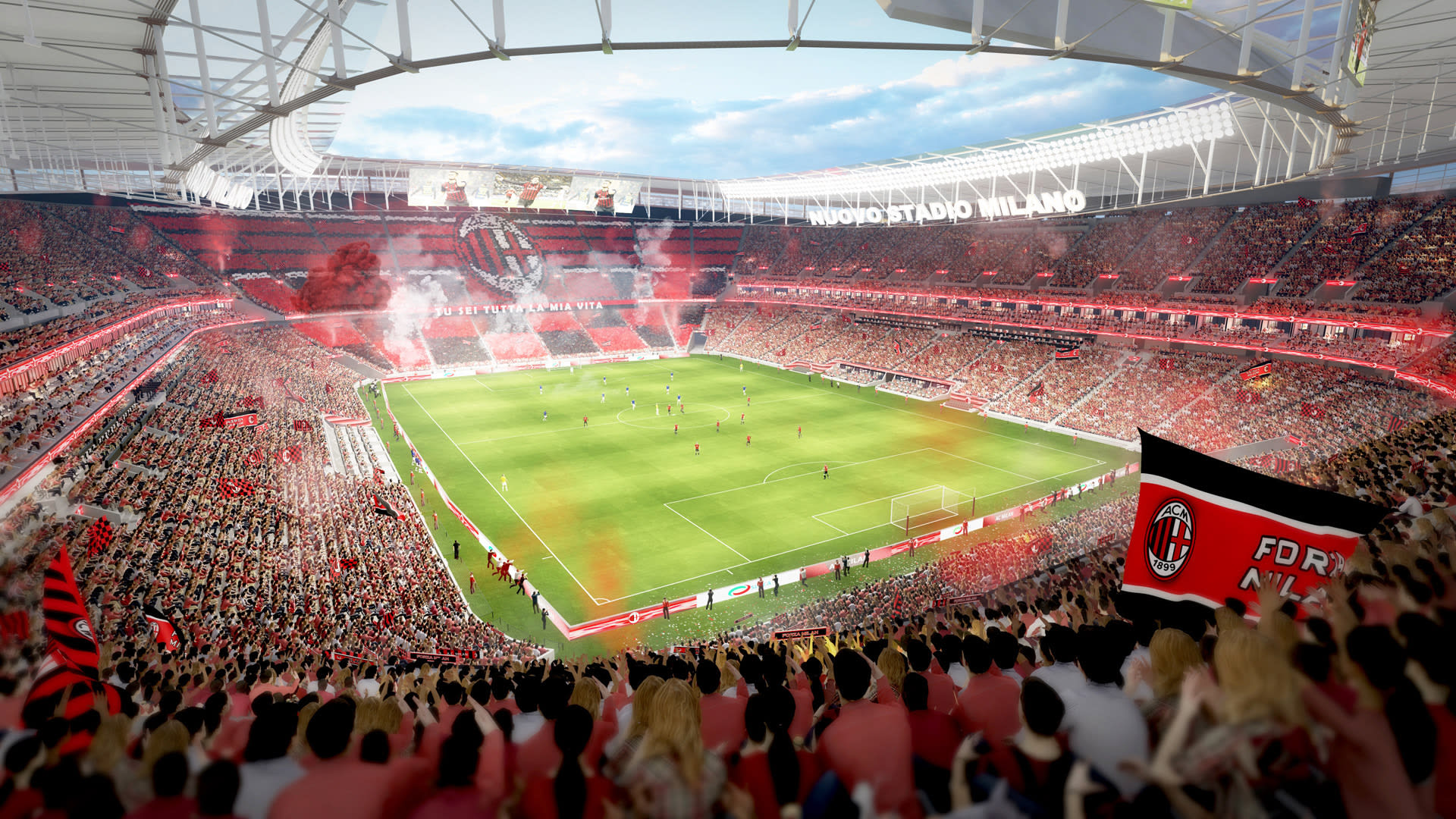
In a decision that will redefine the landscape of Italian football, the Milan City Council has formally approved the sale of the San Siro stadium area to two of the sport`s most storied clubs, Inter and AC Milan. Concluding an exhaustive, late-night session that stretched into the early hours, the vote was razor-thin, a testament to the contentious nature of bidding farewell to an iconic landmark. With 24 votes in favour and 20 against, the resolution passed, setting in motion a monumental urban transformation and a new chapter for both clubs.
The End of an Era, The Dawn of a New Stadium
This landmark approval grants Inter and Milan the green light to proceed with their ambitious plans: the construction of a state-of-the-art new stadium to be erected on the existing parking grounds surrounding the current Meazza (San Siro), coupled with the significant demolition of the venerable old structure. The decision, long anticipated yet fiercely debated, represents a strategic move for the clubs to secure modern, privately-owned facilities that meet contemporary demands for fan experience and commercial viability.
The financial details of the agreement underscore the scale of the undertaking. The clubs will acquire the area for a sum of 197 million Euros, a figure softened by a 22 million Euro contribution — or rather, a municipal discount — from the City of Milan. While the formal sale is not yet complete, the council`s vote is the critical hurdle cleared, with the finalization of the deal now contingent on bank approvals and the completion of necessary paperwork within the next 40 days, aiming for a definitive close by November 10.
A Political Tightrope Walk and Decisive Maneuvers
The council session itself was a masterclass in political maneuvering, showcasing the intricate dance of local governance. What began in the late afternoon extended past midnight, punctuated by shifting allegiances and last-minute declarations. Monica Romano, a councilor from the Democratic Party (PD), confirmed her vote in favor, providing crucial support. Conversely, Marco Fumagalli, a group leader from the Sala List, maintained his opposition, declining to support the sale.
The pivotal moment arrived with the unexpected stance of Forza Italia. Despite initial indications of firm opposition, the center-right party chose to abstain, with most of its councilors walking out of the chamber. Alessandro Sorte, Forza Italia`s Lombardy coordinator, articulated the party`s complex position, acknowledging «many critical issues and numerous shortcomings» in the proposal, yet conceding the importance of «urban regeneration for an important city area» and «the possibility for Milan and Inter to have a proprietary stadium.» It was a pragmatically strategic non-vote, preventing the motion from being defeated, even as one of their own, Alessandro De Chirico, defiantly voted against party lines. This calculated abstention proved decisive, tipping the balance in favor of the stadium`s future.
Blueprint for the Future: A Timeline of Transformation
With the council`s blessing, the focus now shifts to the meticulous planning and execution phases. The world-renowned architectural firms Manica and Foster + Partners, commissioned by Inter and Milan, are slated to spend the next 12 months refining the design for the new stadium. While conceptual ideas abound, the definitive blueprints are yet to emerge from the drawing board.
The projected timeline for this ambitious project is equally clear. Construction of the new stadium is anticipated to commence in the first half of 2027, with a grand inauguration targeted for 2031, following an estimated four years of intensive work. This schedule strategically positions Milan to offer a state-of-the-art venue for the UEFA Euro 2032 championship, complementing the Juventus Stadium and other yet-to-be-confirmed Italian venues.
The Enduring Legacy of Meazza, and its Partial Farewell
And what of the glorious San Siro itself, affectionately known as the «Scala del Calcio»? The plan proposes a poignant, yet pragmatic, farewell. The Meazza will initially remain operational for concerts and other non-sporting events. Then, between 2031 and 2032, a significant 90% of the stadium will be dismantled and demolished. A small, carefully preserved section will remain as a tangible link to its illustrious past: the southeast corner, including a tower, a portion of the orange stand, and a segment of the Curva Sud (South Curve).
However, this monumental journey is far from over. The prospect of «many appeals,» as the original Italian report dryly notes, looms large. Such a significant urban development, particularly one involving an emotionally charged landmark like San Siro, is almost certainly destined to face numerous legal challenges and bureaucratic hurdles. This saga, steeped in history, passion, and political will, promises to be a long and winding one, yet its destination — a new era for Milanese football — now appears clearer than ever.

